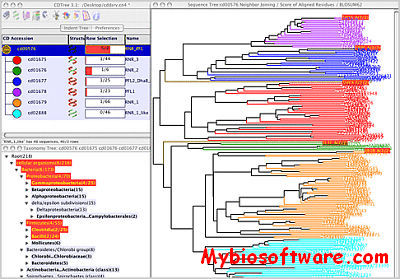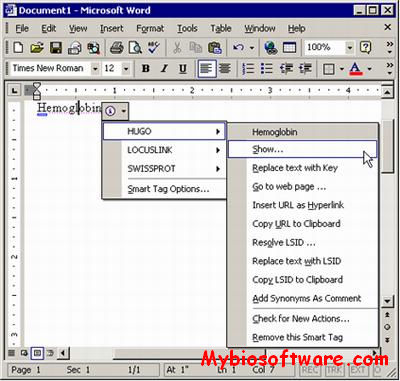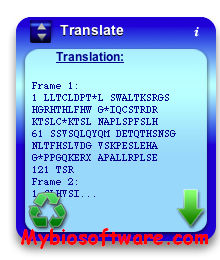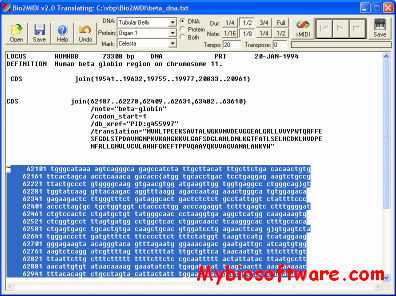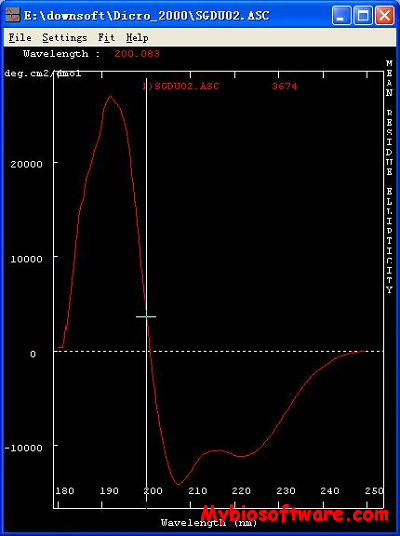CDTree 3.1
:: DESCRIPTION
CDTree is a powerful tool to aid in the classification of protein sequences and investigate their evolutionary relationships;
::DEVELOPER
:: SCREENSHOTS
:: REQUIREMENTS
- Windows/MacOsX
:: DOWNLOAD
:: MORE INFORMATION
Citation:
Marchler-Bauer A, Anderson JB, Derbyshire MK, DeWeese-Scott C, Gonzales NR, Gwadz M, Hao L, He S, Hurwitz DI, Jackson JD, Ke Z, Krylov D, Lanczycki CJ, Liebert CA, Liu C, Lu F, Lu S, Marchler GH, Mullokandov M, Song JS, Thanki N, Yamashita RA, Yin JJ, Zhang D, Bryant SH.
CDD: a conserved domain database for interactive domain family analysis.
Nucleic Acids Res. 2007;35 (Database Issue):D237-40.
